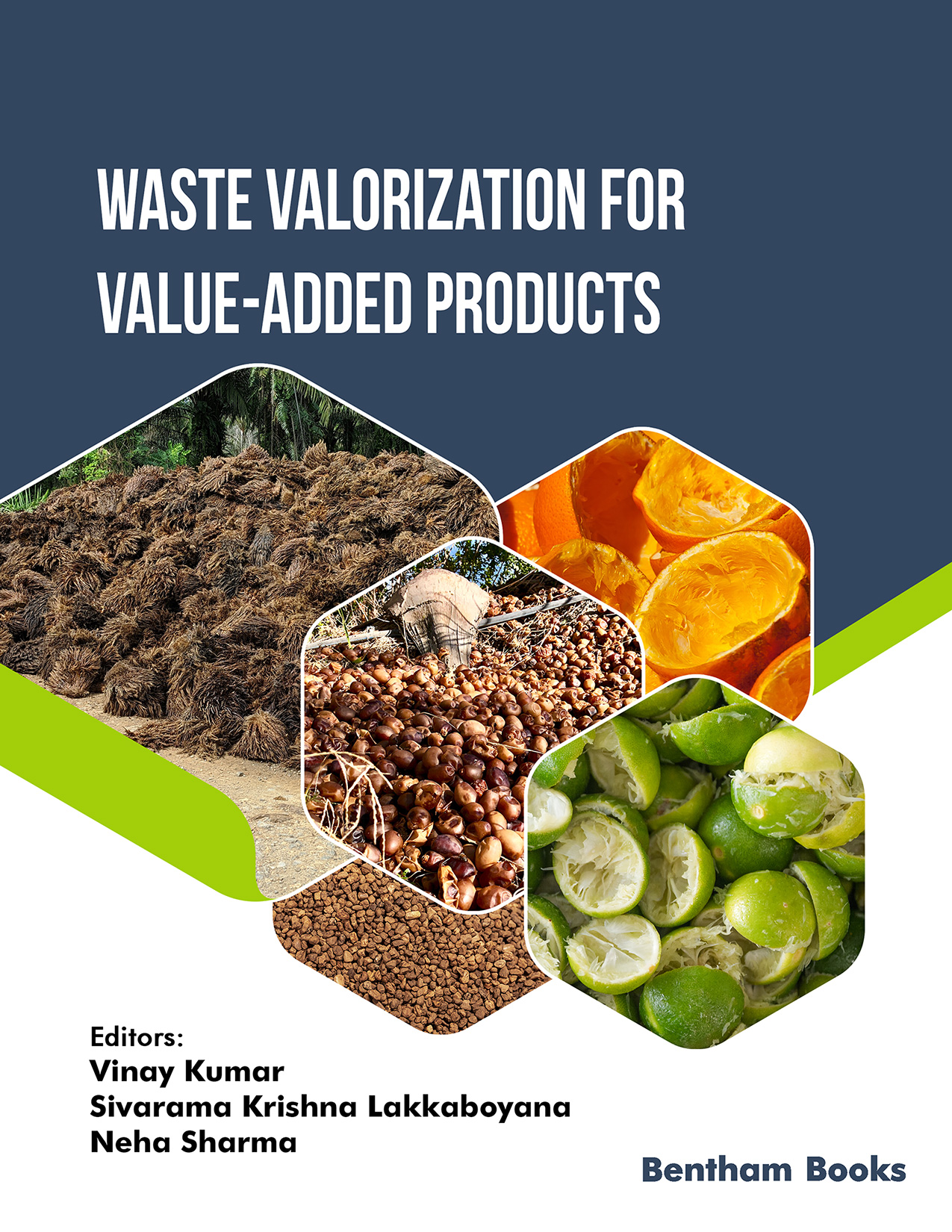This book describes the critical and top-priority topic of current research, which is waste valorization for value-added products. The first chapter deals with plant-derived waste utilization. Abundant plant-derived organic wastes can be bio-transformed into bio-fuels like bio-ethanol, bio-butanol, biogas, and hydrogen. They can produce biochemicals like lactic acid, succinic acid, xylose, and xylitol. This chapter discusses some advanced methods for biofuel production. The second chapter discusses the various aspects of lignin bioconversion. Valorization of food waste is another critical area. The organic nature of food waste makes it fit to serve as the raw material for the enzyme industry, bio-fuels, bioactive compounds and bio-degradable plastic. The third chapter discusses this topic. The fourth chapter discusses the use of waste from the olive oil industry. This waste can be used to produce phytochemicals like phenols, flavonoids, and clean energy. Chapter five addresses the use of organic residues present in the waste using manufacturing platform chemicals. Date fruits have earned great importance in human nutrition, owing to their rich content of essential nutrients. Apart from nutraceuticals, a vast and diverse range of biomolecules can be produced, including active pharmaceutical ingredients. Date industry waste can be used for producing a vast array of antibiotics, phenolics, sterols, carotenoids, anthocyanins, flavonoids, different vitamins, economically helpful amino acids, organic acids, bio-surfactants, biopolymers, and exopolysaccharides. Date seeds can be used to produce bio-diesel and biochar and activated carbon. Citrus fruits are equally crucial as dates.
Industrial processing of citrus fruit produces various end-products like juices, concentrated jam, jellies, marmalades, and ice cream. Chapter seven is on the commercial utilization of citrus fruit processing waste to produce various chemicals like essential oils, flavonoids, pectin, enzymes, and methane. The increase in the use of plastic products has caused a significant problem in the disposal of plastic solid waste. The eighth chapter reviews how solid plastic waste can be converted into fuels and other valuable chemicals through thermal degradation, catalytic cracking and gasification, and other novel routes. Chapter nine discusses the lignin structure and the recent significant advancement in different synthesis methods for lignin nanoparticles.
Bio-plastics refer to polymers derived from plants, animals, and microorganisms. The integrated strategy of waste valorization with bio-plastic production is considered a cost-effective and sustainable approach to bio-plastic production and commercialization. Chapter ten describes biotechnological processes for valorizing food waste into commercially important biopolymeric components like Chitosan, polyhydroxyalkanoates, HAp and cellulose-based polymers. Chapter eleven discusses reliable methods for poultry waste management.
Chapter 12 deals with valorization of sugar industry waste for value-added products.
India is the second-largest cultivator of sugarcane. A significant amount of molasses and solid waste, including bagasse and filter cake, are produced every year. Sugarcane industries waste is a rich source of lignocellulosic organic biomass which can be used as a raw material to produce bio-fuel, single-cell proteins, enzymes and organic acids, food additives and nutraceuticals.
During the last century, rapid urbanization, industrialization, and globalization have increased the consumption of resources, polluting the environment. The concept of a circular economy based on restoration and regeneration by creating a connection between technology and biological cycles is gaining ground. Changing the linear economy of the produce-use-throw model into a circular economy can achieve several sustainable development goals. The last chapter discusses how the circular economy brings about transformation in Indian Industries.
This book is a very timely treatise on different valorization processes. Various government policies towards the environment and their implementation have also been discussed. It shall help formulate a business strategy that makes a way for waste valorization and brings actual revenue and tangible benefits to the environment and society.
Katta Venkateswarlu
Laboratory for Synthetic & Natural Products Chemistry
Department of Chemistry
Yogi Vemana University
Kadapa – 516 005,
India

